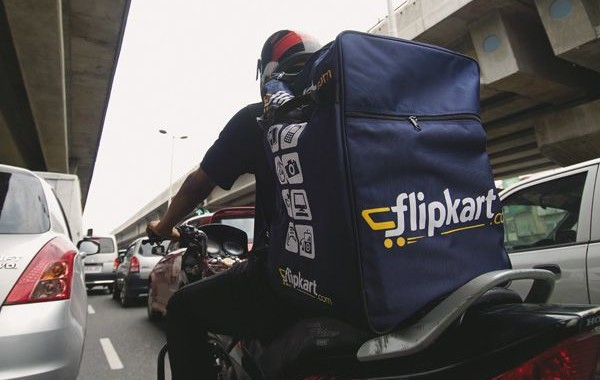Avnish Bajaj, MD, Matrix Partners, says the startup ecosystem will see another round of consolidation. Larger rounds of funding will be few, besides being sharply focused.
The Indian startup ecosystem is in for a course correction and funding will be hard to come by, says entrepreneur-turned-investor Avnish Bajaj, Managing Director of Matrix Partners. In an interview with Sanjay Vijayakumar, Bajaj talks about the current run of layoffs in the industry and the road ahead. Edited excerpts:
There is a lot of concern in the startup ecosystem due the recent restructuring and layoffs. What is your take on this?
This correction started in May and June this year. People have started to take notice now and are saying winter is coming. In my view it was freezing already, and the winter came in May and June.
So, the environment has started correcting. There will be a lot of consolidation in overcrowded and overfunded sectors, which is a good thing. The amount of capital coming in will get rationalised with the size of the opportunity, which is very important. Companies will go in for layoffs, while investors will focus on business models. How long it will last is hard to tell -- maybe 6-12 months.
What would be the implications of the course correction?
Larger rounds are going to be extremely few and very focused. And they will be in the best companies. Even in Series A and B rounds, it will be very hard to raise money. A lot of people will ultimately have to fund themselves.
Is there a way out?
If any of the large companies like Ola or Quickr raise their next round at a higher valuation, the environment will change. So the minute the company grows into their valuation, you can see a healthy funding environment coming back. It will come back sooner then people expect. But when, I do not know. This time there are a lot of long-term strategic investors in the market. They haven’t been there before.
We also need to keep in mind that this kind of an ecosystem and the start up investment activity is by definition chaotic. It cannot be expected to be a deterministic and straight line-process. If it was so deterministic everybody would have been a big investor and you would have seen entrepreneurs make a lot of money.
With regard to the current layoffs, including one of your portfolio companies TinyOwl, do you believe start ups need to put in better process?
Let us not make TinyOwl a specific example. A lot of companies are going through the consolidation phase, including some of the larger ones. Unfortunately, the TinyOwl situation got a little out of hand. And that happens. In other companies we have people doing dharnas and all of that. So, let’s not go company specific.
Yes, the start ups do need to build better human resource processes. They are young and that is where investors come in. We also need to guide them. On the other hand, our labour laws -- the philosophy of how you deal with labour -- are ridiculous. They are not labour, they are skilled professionals. And they can get a job in a minute, because the market is booming. So for a union guy to come in or for a politician to get involved is unhealthy.
But these layoffs have come before the festive season. Could the companies have waited and done it in a more organised way?
I think we need to grow up as a country. If we expect a Silicon Valley kind of innovation, we need to work at a similar pace. In that pace, every day, every week is important. Whether it is Diwali or not. In India, we have a festival every other week. Where do you draw the line? If somebody leaves some of the biggest companies in India, they treat them very badly. Nobody speaks about it.
What is the problem with the food tech startups?
Customer acquisition and unit economics are major problems. The others are that it is harder to build network efforts in these businesses, unlike a taxi business where once you aggregate supplies, the network effect comes in. Also, the whole food ordering business is undifferentiated, so margins are low.







